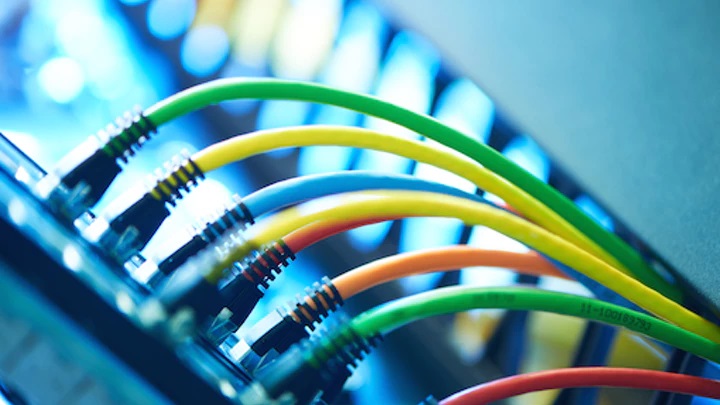Cat6 Versus Cat8 Cables
BSRIA or Building Services Research and Information Association
are a UK based organization that specializes in the construction
and building services space. According to BSRIA, while the Cat6
cable sales dominated the year 2018, the growth in the worldwide
cabling market will continue to grow in the year 2019.
It is very important to educate yourself with the right kind of
cable connections that you might require for your home or
office, especially in terms of the need, specifications and
limitations of each type of cable. Else you might end up paying
for highly priced or over-priced networking solutions that you
might not even require.
Comcore Connexions or 3C3 as
we are now known is a one-stop solution for various networking
products, such as copper and fiber optic cables. The company
offers totally integrated solutions to its clients, which helps
them avoid approaching different vendors and purchasing each
system separately. We are not only one of the leading Cat6 Cable
manufacturers in India, but are also considered as one of the
top 10 fiber optic cable manufacturers in India. Our range of
products also includes Cat5, Cat5E, Cat7 and the latest Cat8
Cables.
What is a Cat6 Cable?
There are different kinds of Ethernet Cables. They
are Category 6 or Cat6 Cables, Category 7 or Cat7 Cables and
Category8 or Cat8 Cables. In a Cat6 Cable, there are 4 pairs of
copper wires that support 10 Gbps of Ethernet connection. 35 –
55 Meters of cables are supported at a transmitting speed of 10
Gbps. Signals of up to 250 MHz frequency are transmitted, which
means that the signal passes so many number of times through the
cables. It uses the RJ-45 Standard Connector and is compatible
to its previous versions of a Cat5 and a Cat5E Cable in a
backward fashion. In spite of the emergence of Cat8 Cables, Cat6
Cables continue to support the bandwidth requirements of end
customers, data centers and gigabit networks.
What is a Cat8 Cable?
Cat8 or Category8 Cables are the next generation
Ethernet Copper Cables that support a frequency of up to 2000
MHz, though it is limited to a 30-meter, 2-connector channel. A
shielded cabling is required for their usage, but the speed that
they support can go up to 25 to 40 Gbps. They look very similar
to their lower category cables and can be terminated either in
RJ-45 or non RJ-45 Connections. Just like the Cat6 version, they
are also compatible to previous versions in a backward manner.
They are specifically designed to be used at data centers where
high intensity server-to-switch bandwidth connections are
made.
| Features | Cat 6 | Cat 8 |
|---|---|---|
| Maximum Data Rate or Signal | 1000 Base T/Gigabit Ethernet | 25 GBase-T or 40 GBase-T |
|
Frequency |
250 MHz | 2000 MHz |
| Transmission Speed | 1 – 10 Gbps | 25 – 40 Gbps |
| Distance | 100 m with 1 Gbps and 35 – 55 m with 10 Gbps | 30 m |
| Construction of Cable | Shielded or UTP | Shielded |
| Connectors available in the Channel | 4 | 2 |
| Type of Connector | RJ-45 | Class I : RJ-45 Class II : Non RJ-45 |
| Cases where used | Large enterprises and high speed applications | Architectures in Data Centers and Server-to-Switch Links |
| Cost | Expensive when compared to previous or lower categories | High |
